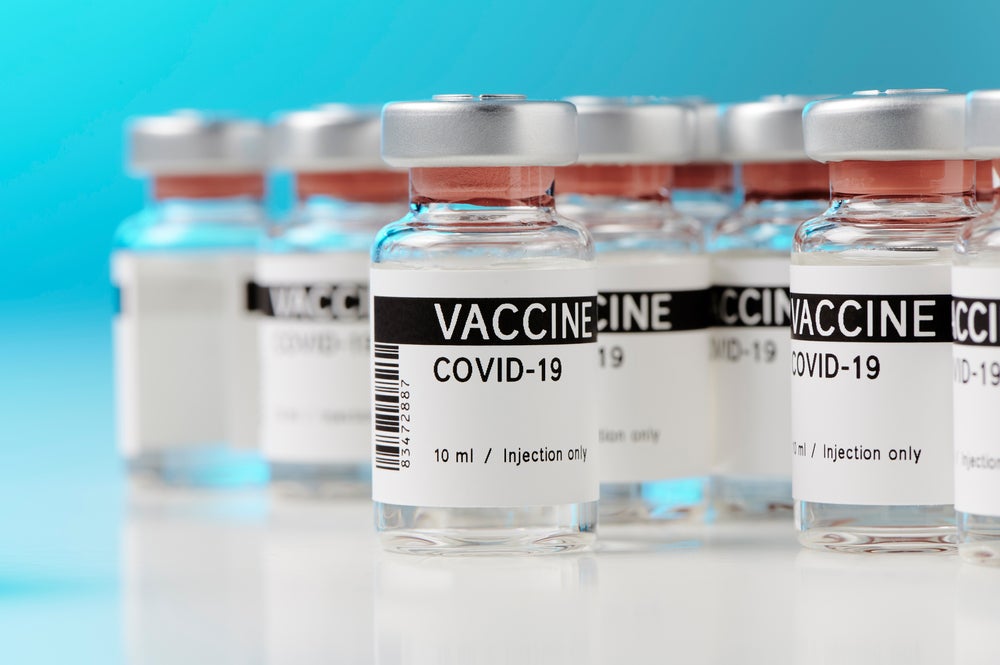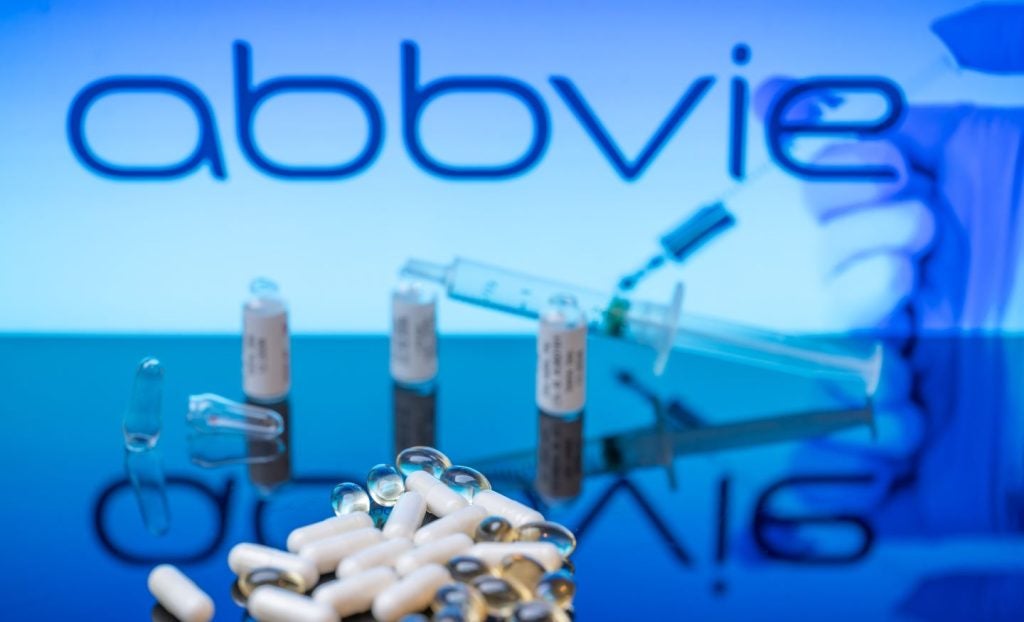
Although vaccines have been a major medical success story, conventional methods – protein-based vaccines, such as live attenuated pathogens and subunit vaccines – have struggled to be efficacious and practical in tackling emerging pathogens.
As a result, scientists began exploring alternative approaches; one method that emerged as a promising alternative were gene-based vaccines. Although initially DNA and viral vector vaccines were the preferred gene-based approaches, as the technology developed in the 2000s and 2010s, mRNA vaccines came to the fore, according to a 2018 article in Nature. Both DNA and mRNA vaccines deliver a gene sequence – either DNA or RNA – that is a template for building a disease-specific antigen. The body then produces that antigen and the immune system starts to produce a response against the infection. Viral vectors work slightly differently; they use a different virus, which is often weakened so it cannot cause disease, to deliver the virus antigen to the body.
How well do you really know your competitors?
Access the most comprehensive Company Profiles on the market, powered by GlobalData. Save hours of research. Gain competitive edge.

Thank you!
Your download email will arrive shortly
Not ready to buy yet? Download a free sample
We are confident about the unique quality of our Company Profiles. However, we want you to make the most beneficial decision for your business, so we offer a free sample that you can download by submitting the below form
By GlobalDatamRNA approaches have many advantages, particularly over traditional, protein-based vaccines. For instance, they are faster and cheaper to produce as they do not need to be grown in chicken eggs or mammalian cells. The laboratory-based approach that is used instead is highly scalable and standardised, allowing for a more rapid response to escalating pandemics and outbreaks.
Scalability is a major issue facing viral vector vaccines, as is the challenge of encouraging the body to respond to the antigen and not the vector itself. DNA vaccines like mRNA approaches, meanwhile, are deemed to be very safe and unable to cause the disease they are trying to prevent, but there are concerns that vaccine DNA could become integrated into the human genome.
Covid-19 and mRNA vaccines
This preparation work on the mRNA vaccine approach over the last two decades meant that mRNA technology was ready and waiting in the wings when Covid-19 hit in early 2020.
The expedited nature of mRNA vaccine development has been proven in the Covid-19 pandemic. Two of the three vaccines to publish interim Phase III data are mRNA vaccines: Moderna’s mRNA1273 and Pfizer/BioNTech’s BNT162b2. The UK’s emergency approval of Pfizer’s BNT162b2 on 2 December makes this the first approved mRNA vaccine on the market.
Although mRNA vaccines may be simpler and quicker to develop and manufacture at scale, this vaccine approach is not a panacea. This type of vaccine presents significant logistical challenges in terms of storage and distribution.
Pfizer/BioNTech’s Covid-19 mRNA vaccine requires two doses that must be administered three weeks apart, and doses must be kept in ultra-cold storage below -70 degrees Celsius. Moderna’s vaccine, on the other hand, can be stored at -20 degrees Celsius, which is a standard freezer temperature. Even this much warmer storage temperature compares unfavourably to the third frontrunner vaccine, AstraZeneca’s adenoviral vector candidate AZD122, which can be stored in normal fridges between -2 and -8 degrees Celsius.
However, German-headquartered CureVac has been working on mRNA vaccines since 2000 and has developed a technology that allows this vaccine type to be stored in standard fridges at 5 degrees Celsius. The company has applied this to its own Covid-19 mRNA vaccine, CVnCoV, and has confirmed it can be stored at 5 degrees Celsius for at least three months.
CVnCoV is currently being investigated in Phase II studies, for which data is expected in December; CureVac hopes to start a Phase IIb/III trial by the end of 2020. If approved, CVnCoV would be CureVac’s first commercial vaccine.
CureVac chief technology officer Mariola Fotin-Mleczek explains how CureVac’s CVnCoV differs from other mRNA Covid-19 vaccines, particularly in terms of cold chain requirements.
Allie Nawrat: How does CureVac’s CVnCoV differ from the other mRNA vaccines in development, such as Moderna’s and Pfizer/BioNTech’s?
Mariola Fotin-Mleczek: We spent many years researching naturally occurring mRNA molecules and now have a library of elements that can be used to build the specific mRNA nucleotide sequence needed for each specific protein. We are now leveraging this extensive expertise into the safe and rapid development and manufacturing of our Covid-19 candidate.
CureVac’s approach is to use non-modified mRNA. We believe this enables improved interactions with intracellular translation machinery, leading to high protein production and a moderate activation of innate immunity. We [also] believe this approach closely mimics the natural immune response to Covid-19; our studies confirm that we see similar ratios of binding and neutralising antibodies in vaccinated individuals and convalescent patients.
The dose of CVnCoV proposed for Phase IIb/III [trial] is the lowest dose of any of the mRNA vaccine candidates in advanced clinical trials. Our optimisation process enables high expression levels of the encoded protein, which ultimately means we can use a lower dose.
AN: How has CureVac developed an mRNA vaccine that does not require ultra-cold refrigeration?
MF-M: The most obvious difference between our vaccine and the other mRNA-based vaccines is the use of natural, non-modified mRNA, which impacts secondary structure and packing of mRNA, which can make mRNA less affected to hydrolysis. This is one of the possible explanations. But, also, the matrix can differ between different mRNA approaches.
AN: How much more practical is it to distribute a vaccine at 5 degrees Celsius than at -80, particularly in the developing world?
MF-M: There are many vaccines and drugs that need to be refrigerated, so the cold chain logistics are already established. This means we are able to leverage this existing infrastructure and efficiently distribute our candidate vaccine rather than establish completely new procedures and logistics.
With at least three months’ stability at regular refrigeration levels, there is greater potential for vaccine transportation to underserved areas of the world that may not otherwise have the facilities necessary for such low-temperature control.
AN: Although CureVac has resolved the ultra-cold chain challenge, what other barriers do you anticipate in the distribution of CVnCoV if approved against Covid-19?
MF-M: If approved, CVnCoV will be CureVac’s first commercial product. We are excited to move from being a clinical-stage company to a commercial company, and have already started this transformation through the expansion of specific departments with new experts in areas such as commercial supply.
Another challenge we are addressing is the scale-up of manufacturing to meet demand. CureVac is in the process of building a broad and integrated European vaccine manufacturing network with highly experienced Contract Development and Manufacturing Organization partners for each of the key manufacturing steps for CVnCoV. With this strategy, we believe we can significantly increase our existing manufacturing capacities for CVnCoV to up to 300 million doses in 2021 and up to 600 million doses in 2022, while managing potential supply chain risks.
In addition, we are also developing a novel downsized and automated process for producing mRNA, known as the RNA Printer, which is designed to produce high amounts of mRNA vaccine product quickly and efficiently. We are working with Tesla to develop RNA “microfactories” for the RNA Printer; these microfactories could allow for a swift and localised reaction to potential future pandemics around the world.






